Basic Principles of Statistical Design of Experiments
If relevant causes are NOT included in the. Randomization is the random process of assigning treatments to the experimental units.

Introduction To Experiment Design Video Khan Academy
21 - Simple Comparative Experiments.

. Basic Principles of Experimental Design Basic Statistics. The defining characteristic of an experiment is that the researcher is able to assign subjects to treatment groups. Randomly assign subjects to treatment groups.
Randomize to avoid confounding between treatment effects and other unknown effects. Control the effects of lurking variables on the response most simply by comparing two or more treatments. Experts are tested by Chegg as specialists in their subject area.
Who are the experts. 23 - Determining Power. Control sources of variation other than the factors being tested by making conditions as similar as possible for all treatment groups.
Basic Principles Z X Y We must control Z or include it. It allows the. The basic principles of statistical design of experiments are 3 things.
These are often called the three Rs of experimental. Taguchi make it accessible to engineers and propagated a limited set of methods that simplified the use of orthogonal arrays. Wide statistics literature on the subject.
In a experiment we must control hold constant other possible causes of X. E comparison blocking pairing. Basic Principles of Experimental Design Basic.
The 3 Rs Dec 16 2015 The basic principles of experimental design are i Randomization ii Replication and iii Local Control. Control Experimental Blocking Matching Randomization Statistical ANCOVA Multiple Regression Structural Equations Theory and Scientific Judgment Simon. There are three principles that underlie any experiment.
BASIC CONCEPTS OF EXPERIMENTAL DESIGN. Randomize -- use chance to assign subjects to treatments. Use enough subjects in each group to reduce chance variation in the results.
Conclusion The overall results supported the hypothesis. Online Library Statistical Principles In Experimental Design How gamification motivates. 22 - Sample Size Determination.
Download File PDF Design Of Experiments Statistical Principles Of Research Control. The basic principles of statistical design of experiments are. View the full answer.
13 - Steps for Planning Conducting and Analyzing an Experiment. We review their content and use your feedback to keep the quality high. Replication By replication we mean that repetition of the basic experiments.
There are three basic principles behind any experimental design. Statistical Principles of Research Design and Analysis by Robert O. Science answers questions with experiments.
C blocking blinding bias avoidance. A possible reason for this could be due to increased surface area of the wing in contact with the air - allowing for greater air support. The range of application of experimental design principles is as broad as science and industry.
Randomization is the cornerstone underlying the use of statistical methods in experimental. Statistical Analysis of Data Purpose of Statistical Analysis Descriptive Statistics. Control the effects of lurking variables on the response most simply by comparing two or more treatments.
Some of the rules include use of statistics and statistical principles beware of known enemies beware of unknown enemies. The three basic principles of statistical design of experiments are A control comparison confounding. Control effects of lurking variables by using comparison 01 O II III O IV.
Designing Experiments Key Concepts Randomization 19 31 Blinding De nition An experiment is blinded if the subjects do not know which treatment group they are in. Using enough subjects IV. It allows the experimenter to obtain an estimate of the experimental error.
DesignBasic Principles of Experimental Design Randomization Randomization is the cornerstone underlying the use of statistical methods in experimental designs. The Three Rs of Experimental Design. To quantify the natural variation between experimental units.
Introduction to Design of Experiments. Central Tendency and Variability Measures of Central Tendency Mean Median Mode Measures of Variability Range Variance and standard deviation The Importance of Variability Tables and Graphs Thinking Critically About Everyday Information. D Question 20 5 pts Which of the following is not the basic principles of statistical design of experiments.
The nine basic rules of design of experiments DoE are discussed. The random allocation of treatments to the experimental units. Randomization is the cornerstone underlying the use of statistical methods in experimental designs.
This allows us to equalize the effects of unknown or uncontrollable sources of variation. Recommendations for Further Experimentation Practical Applications. One person may be planning.
The more replication would provide the increased precision by reducing the standard error SE of mean as s y s r where s is sample standard. An experiment is double blind if both the subjects and the researchers measuring responses are unaware of the treatment group for each subject. D randomization control pairing.
B control randomization repetition. Random assignment to treatments II. 1999 Design of Experiments Statistical Principles of Robert Kuehl s DESIGN OF EXPERIMENTS Second Edition prepares students to design and analyze experiments that will help them succeed in the real world.
Design of Experiments DoE is primarily covered in Section 5 Process. Experimental design is the sequence of steps initially taken to ensure that the data will be obtained in such a way that analysis will lead immediately to valid statistical inferences. 11 - A Quick History of the Design of Experiments DOE 12 - The Basic Principles of DOE.
Statistics and Probability questions and answers. Main Principles of experimental design. For example If we need to compare the.
An experiment involves one or more treatments each with two or more conditions. The basic principles of statistical design of experiments are. An experimental study of the Experimental design is the planning of an efficient reliable and accurate technical study.
The repetition of a treatment within an experiment allows. 113 The Four Principles of Experimental Design 1.

Experimental Design Basics Coursera
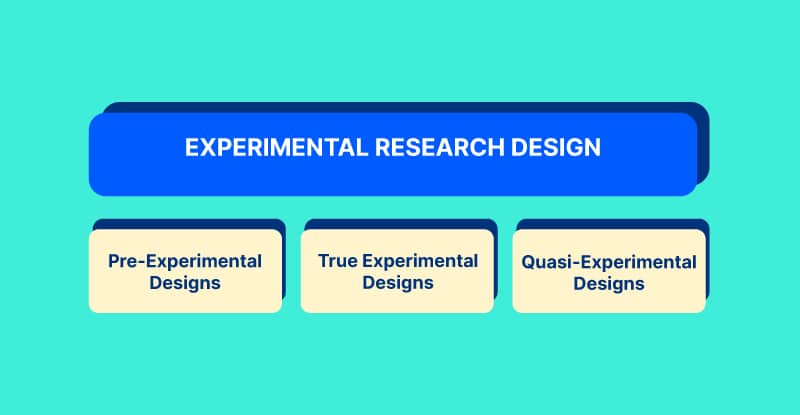
All There Is To Know About Experimental Design Voxco
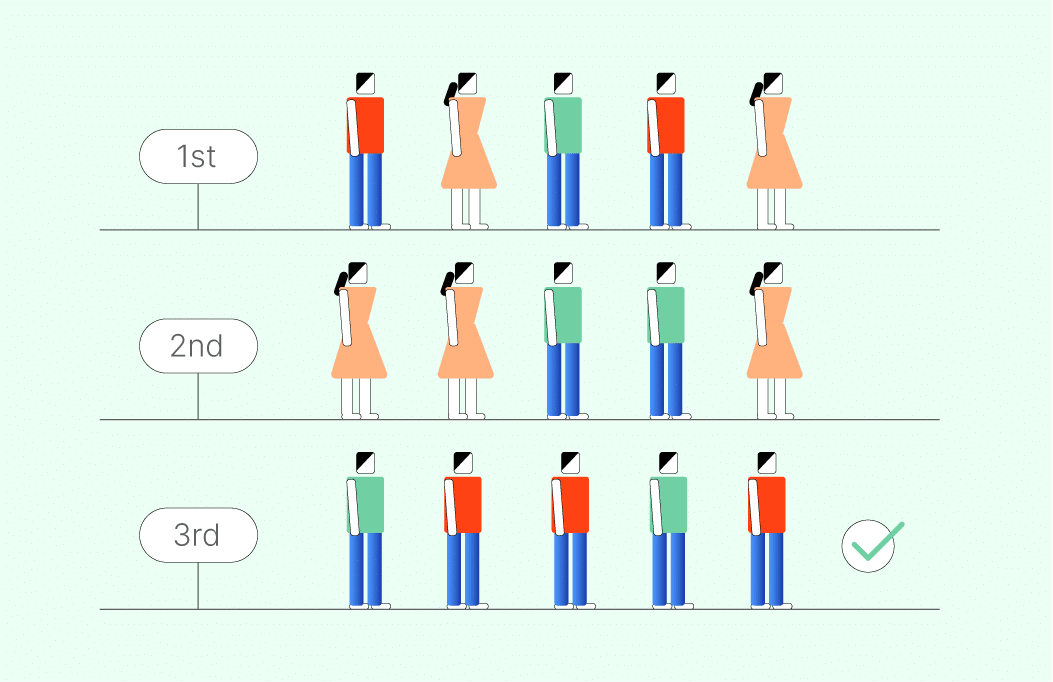
Experimental Design Definition And Principles Voxco
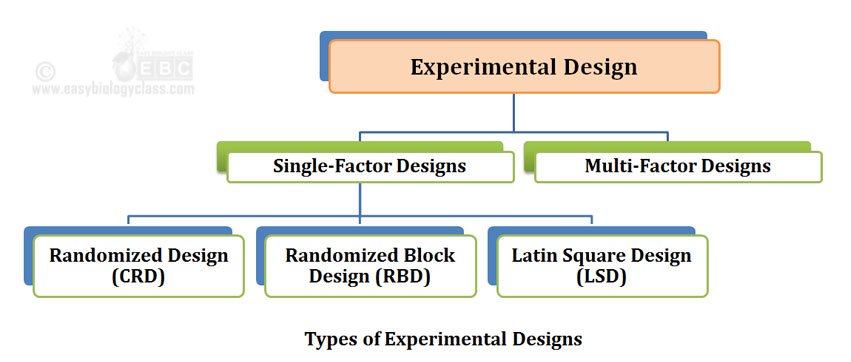
Design Of Experiments Examples Notes Easy Biology Class

Design Of Experiments Introduction To Statistics Jmp

Design Of Experiments An Overview Sciencedirect Topics

Design Of Experiments An Overview Sciencedirect Topics
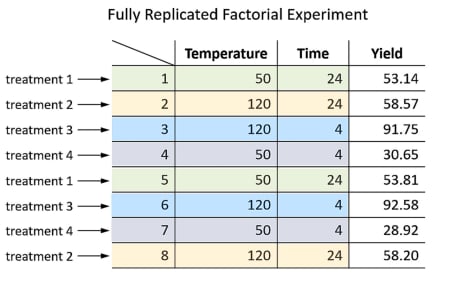
Design Of Experiments Introduction To Statistics Jmp

Design Of Experiments Introduction To Statistics Jmp

Types Of Experimental Designs 3 3 Youtube

Basics Of Experimental Research Design Youtube

Basic Principles Of Experimental Designs In Research Methodology Tutorial 12 April 2022 Learn Basic Principles Of Experimental Designs In Research Methodology Tutorial 11465 Wisdom Jobs India

Basic Principles Of Experimental Design Basic Statistics And Data Analysis

Basic Principles Of Experimental Designs In Research Methodology Tutorial 12 April 2022 Learn Basic Principles Of Experimental Designs In Research Methodology Tutorial 11465 Wisdom Jobs India

Experimental Design An Overview Sciencedirect Topics
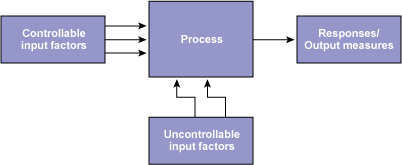
Design Of Experiments A Primer


Comments
Post a Comment